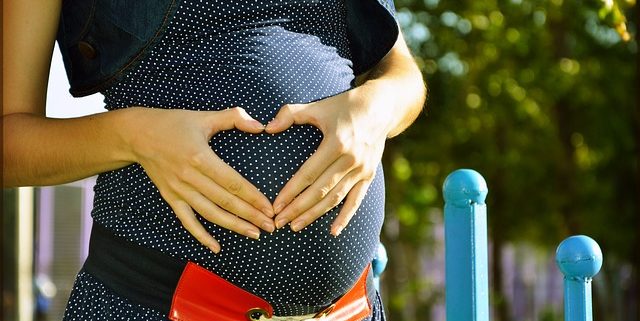Maternal Mortality Is Rising In The US – But Why?

Historical Causes Of Maternal Mortality
Throughout the majority of human history, maternal mortality was mostly attributable to the fact that medicine was in its infancy. It’s the same reason a minor injury could be deadly – we did not yet know about bacteria or how to fight them. We also didn’t know much about the pregnancy process or how to address risk factors or deal with complications.
As medicine developed over the past century or so, our ability to treat infections, diseases, and injuries improved dramatically. However, our ability to manage the medical needs of childbirth lagged behind. During the first part of the 20th century, obstetrics was considered a lesser area of medicine and was frequently ignored by the scientific establishment. Women mostly delivered at home with the help of a midwife and possibly a general practitioner, most of whom were untrained in obstetrics. These untrained practitioners were prone to unnecessary, excessive, and non-sterile interventions (including the use of forceps, cesarean deliveries, and labor induction). By the 1920s, sepsis (severe systemic infection caused by the non-sterile medical interventions) was the cause of about 40% of maternal deaths and the other 60% was largely made up of hemorrhage and toxemia, also known as preeclampsia. In other words, most of these deaths were preventable with the medical technology of the day but obstetrics was not a priority for most doctors.
Over the 1930s and 1940s, studies about the (largely preventable) causes of maternal mortality led to a shift in practices – more and more babies were delivered in hospitals and improvements in training and obstetric practices led to dramatic decreases in maternal mortality rates until the 1990s.
Maternal Mortality Rises Again
While maternal mortality rates are still far lower today than they were 100 years ago, they have actually been on the rise since the mid-1990s. In fact, twice as many women die in childbirth today as did in 1995. Yet medicine has continued to improve over the past couple of decades – heart attacks, strokes, cancer, and many other once-fatal diseases are increasingly survivable. It’s not just because obstetric medicine is still lagging. Only 8 countries (including South Sudan), saw an increase in maternal death over the last 10 years and women in the US are now more than three times as likely to die as a result of pregnancy-related complications as those in other developed countries like the UK and Japan.
So why is death during childbirth becoming more common in the US and not in the rest of the developed world? There are a number of factors contributed to the trend. In part, the prevalence of c-sections is likely to blame. C-sections come with their own risks and many doctors encourage women that have had one c-section to have c-sections for all subsequent births, further increasing the risk of complications.
But experts suggest that the factor most responsible for this worrying trend is the rising rate of preexisting health problems – like diabetes, hypertension, heart disease, and obesity – in pregnant women. Worse, many women have more than one of these complicating factors, which significantly increases the risk of maternal mortality and complications that affect the child. Today, cardiovascular disease is the most common cause of death during childbirth in the US.
How Can We Make Childbirth Safer?
Medicine has work to do on the maternal mortality front. They’re increasing education and training for high-risk pregnancies, as well as working on ways to improve monitoring during pregnancy and delivery to spot and address problems as early as possible.
But those improvements will take time to take effect. The best thing we can do to make childbirth safer is to manage or alleviate any preexisting health conditions. That means maintaining a healthy weight, eating a healthy diet to minimize the risk of cardiovascular disease, and working with our doctors to manage other health conditions. If you have preexisting health conditions, talk to your doctor as soon as possible if you’re pregnant or trying to become pregnant about how to mitigate the risks. That may mean more frequent prenatal visits, adjustments in treatment for those health conditions, and choosing to give birth in a hospital with experience in high-risk deliveries.
Remember that you know your body better than anyone else, including your doctor. If you feel like something is wrong, insist on having it checked out. If your doctor dismisses you, get a second opinion. When it comes to the safety of you and your little one, you can never be too careful.
If your medical care team fails to address complications during your delivery and you or your child suffer serious side effects, you may have a legal claim for compensation. Consider contacting an experienced attorney as soon as possible to discuss your rights and options. If you’d like to speak to an attorney, the Safe Birth Project may be able to help.








Leave a Reply
Want to join the discussion?Feel free to contribute!